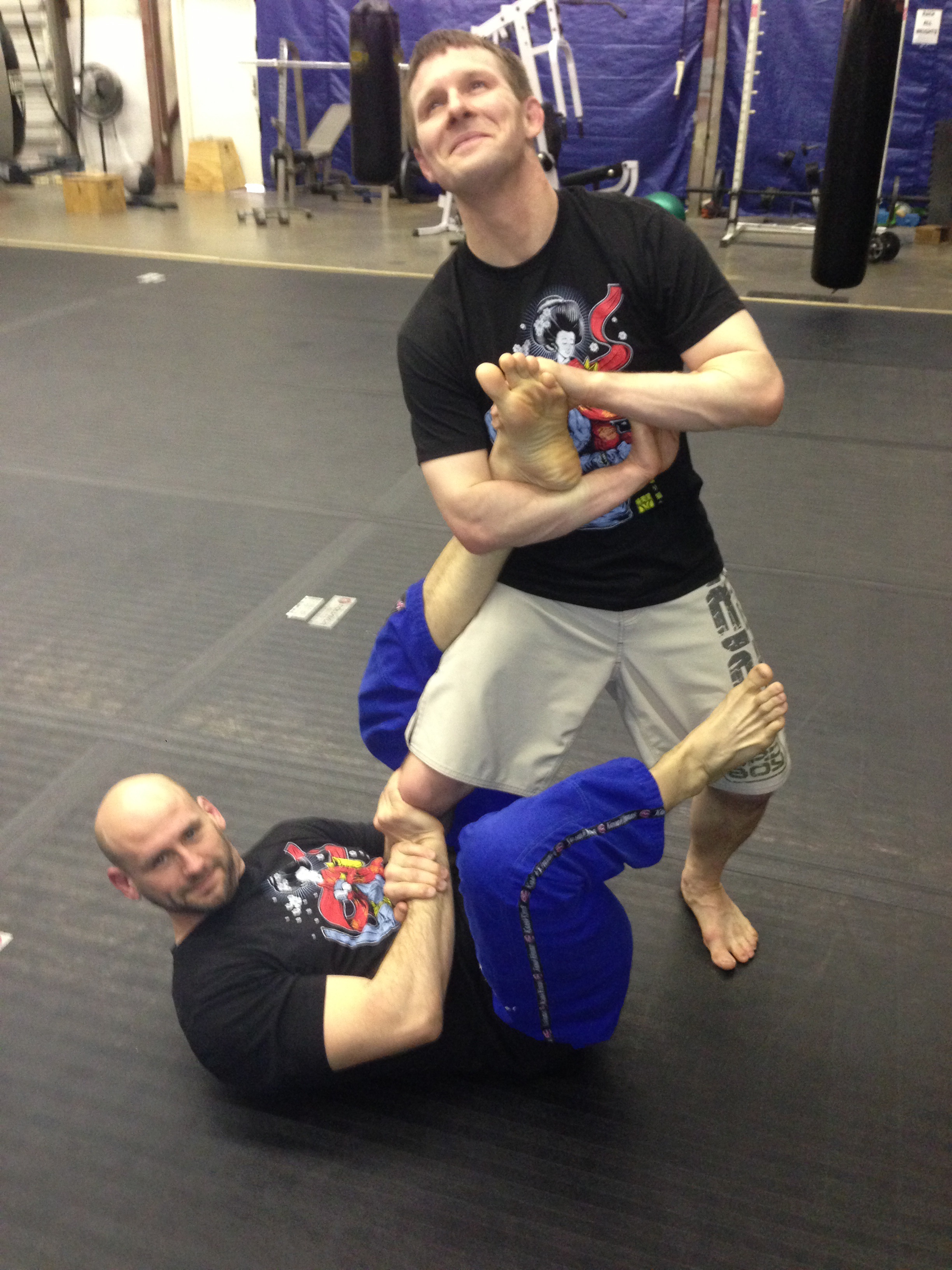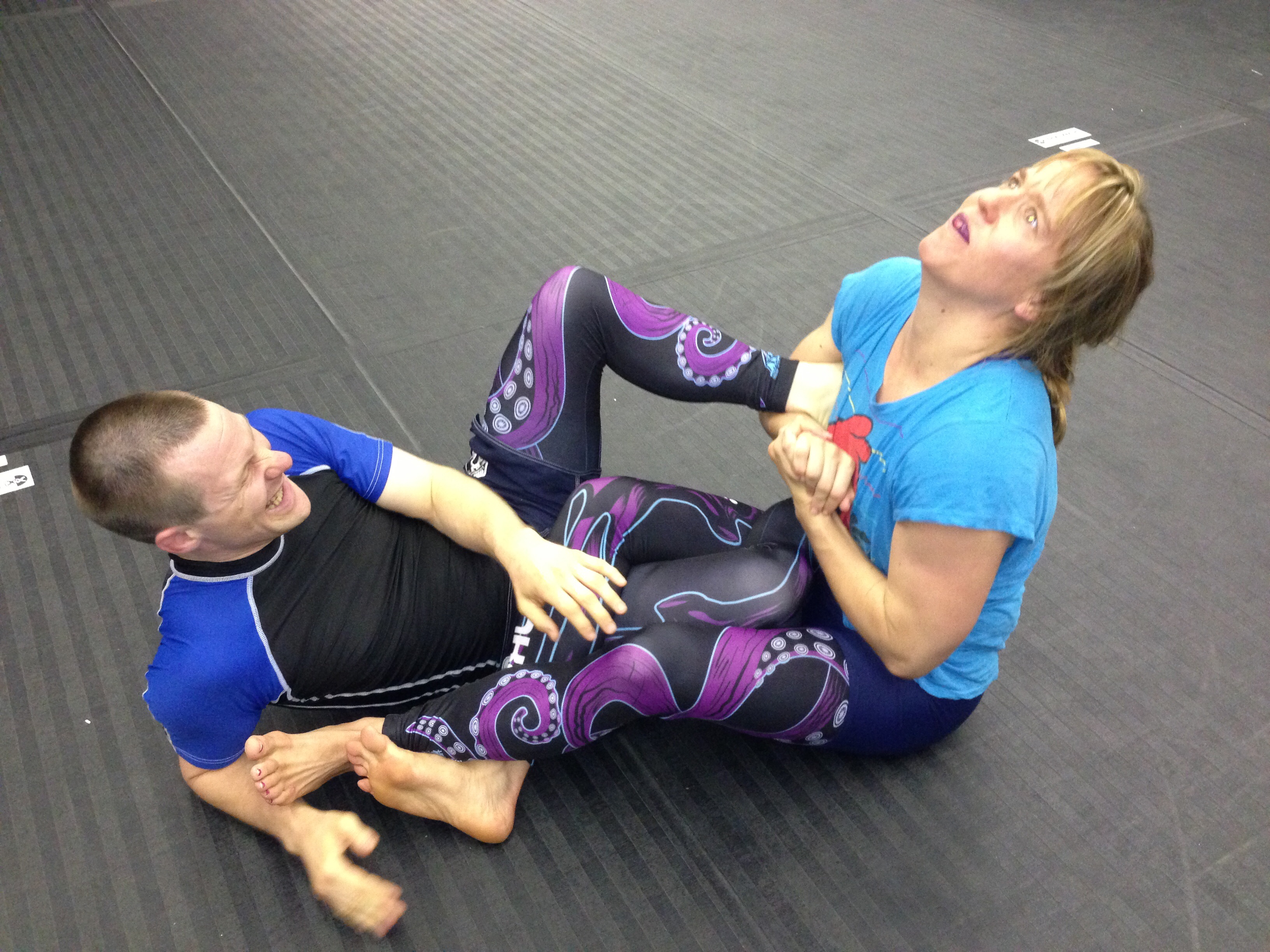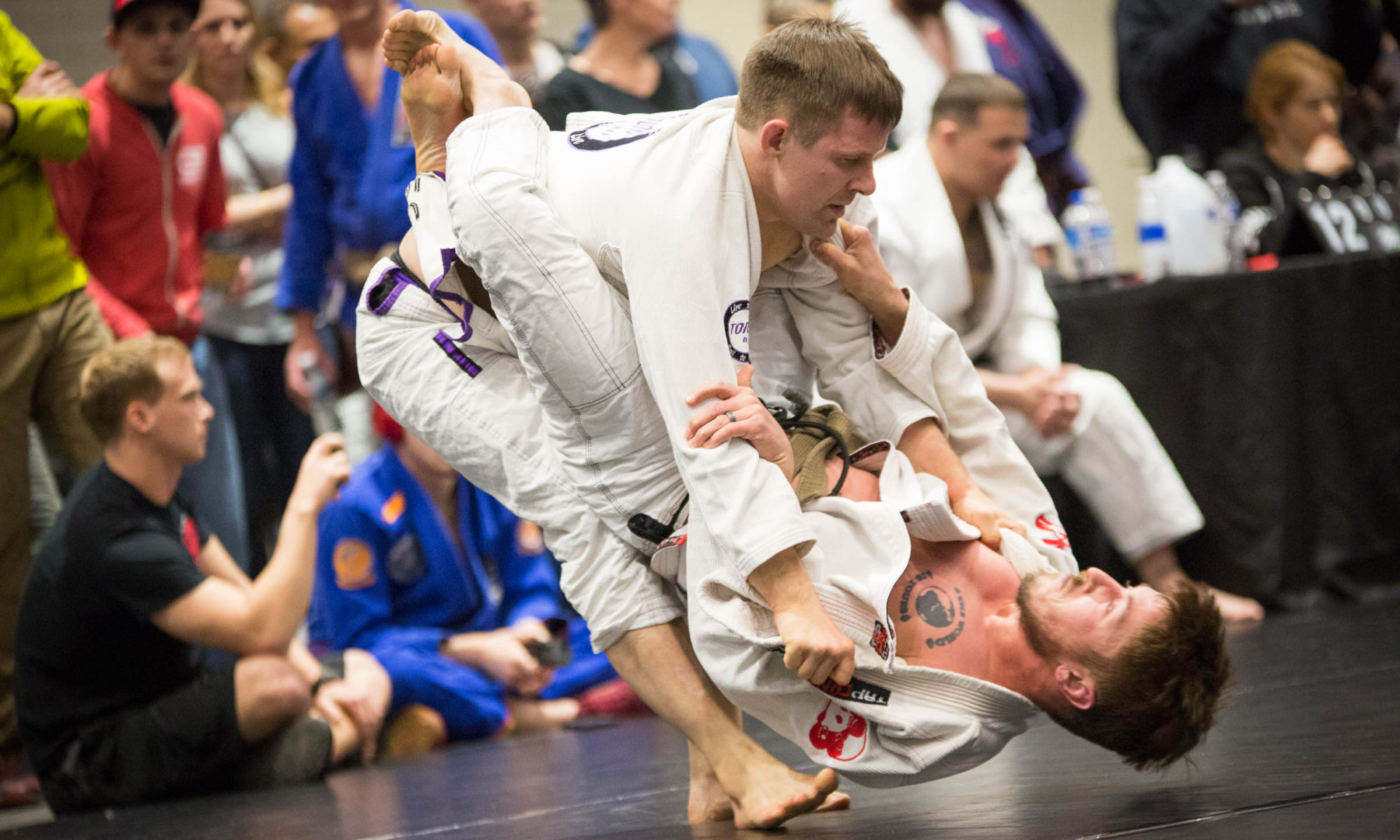Editor’s Note: Like a gentleman, the only time I ever touch feet is when I’m giving Marcellus Wallace a foot massage. But my good friend Lt. Col. Toehold goes for your feet like a submission-focused Rex Ryan. (Actually, maybe Rex Ryan is submission focused. Let’s not think about that too closely). Anyway, enjoy this guest post, and thanks to Lt. Col. Toehold for writing it.
ADCC 2015. Thirty-three matches ended in submission. Nine of those were lower body submissions including six heel hooks, two toeholds, and one kneebar. Polaris 2 this weekend saw two incredible battles in Tonon vs. Imanari and Cummings vs. Bodycomb. Both matches ended in heel hook. Ryan Hall just won his way onto the Ultimate Fighter house by an Imanari roll to inverted 50/50, followed by a heel hook. Eddie Cummings won the Eddie Bravo 3 tournament, submitting the entire field with heel hooks.
Without a doubt, leg locks are the fastest growing set of submissions in the sport. They can also be the most dangerous because they are often misunderstood and hence not immediately respected.
I wanted to take the time to share some thoughts on leg locks. First off, let me clarify something. I’m a purple belt. Which means a couple things. Most importantly I’m early on in the learning process. This is important to understand because I’m not preaching years of advice. Rather, I’m explaining the path that I’m on in my education of leg locks. Second, I’m not even allowed to do leg locks in competition. This means my sage advice hasn’t even been tested in IBJJF competitions.
So why should you read further? Because I’ve made many mistakes. I hope you don’t make the same.
OK. I’ve loved leg locks since my first day in jiu-jitsu. Its important to note that it was the wrong school and the wrong attitude. On my first day as a white belt, a senior blue belt knee-barred me. I didn’t know if I should tap or not. Luckily, I tapped or this would never be a story about my journey with jiu-jitsu. Rather, I’d be passing on advice about knee reconstructive surgery. I became fascinated with leg locks because of the asymmetric threat they presented. Ultimately, a heel hook is very little movement. It moves the heel maybe two inches but extrapolate that down the knee and it forces intense searing pain. This, after all, is the same as Helio’s vision. Although short and weaker than his brothers, Helio used leverage and technique to his advantage. Leveraging the heel to attack the knee is at the core of what jiu-jitsu is.
The advice that follows is largely from others. Some advice was given to me in a stern talking-to from one of my coaches. Other advice was given to me in kinetic form by another coach. Sometimes I got both. During these experiences, I found kinetic learning is the fastest form of learning. In this process, I codified what I’ll call a code of leg locks. In my demented sense, I like to think of it as the same code that Dexter’s father gave him on the hit series about the pathological murderer “Dexter.” My coach probably refers to it something nice such as “don’t be a loser” rules.
I can tell you that it took years to adapt myself to a state of Shoshin where I’d be willing to listen to these rules. For several reasons, I wish I heard them earlier. One is that my ACL is currently torn in half.
* Leg locks must be agreed to before rolling. It’s just that simple. It doesn’t matter if you are rolling with a 4-stripe black belt or rolling with a close friend. A simple, “You mind if I attack legs?” should always be asked. If in a new location, I usually ask further what that means: “are heel hooks and compression locks ok?”
* You should never leg lock a white belt. A white belt should never leg lock. I don’t want to sound like the arrogant purple belt that knows better. I’m not. That’s why I’m saying it. I wish I spent all my time as white belt doing three things really well: 1) Learning to pass guard 2) Defending the triangle and 3) Cross-collar choke. Why? Because I’m terrible at all three now. As a white belt and blue belt, my routine pass was to tickle my opponent’s foot. I had gotten so good at leg locks that they immediately feared and retracted their guard. Now I’m terrible at passing guard.
* These next few rules probably apply to rolling in general. But for some reason, I feel they are even more important when dealing with the immediate asymmetric threat provided by leg locks.
1) You should never roll leg locks angry. 2) You should never roll leg locks with someone that has a bad ego. 3) You should never roll leg locks with someone that is a spaz. The only time I ever hurt someone in a leg lock was when they spazzed and jumped directly into the direction of the heel hook before I could release. I felt miserable for weeks when I saw that guy limping around.

* Your training partners that allow you to roll leg locks are good dudes. Thank them. They are stepping outside of their regular game to allow you to experiment. Don’t retaliate against their ankles, knees, calves as a result. Find time for both rolls with and without leg locks. Teach them defense to your attacks. And work together to find holes in both offense and defense. They are your greatest allies in the development of your leg lock game. Don’t screw them by bragging about how many times you heel hooked them in a minute.
One of the best pieces of advice I heard on leg locks ever was in a video by Eddie Cummings. He said something along the lines of: “It’s my responsibility to execute the move slowly enough so you tap.” Leg locks are violent and immediate actions. Our body works in a very strange way in response to leg locks. Most submissions register pressure, then pain, and then damage. Leg locks often register damage well before pain. For this reason, highlight the attack to your opponent and grant him the opportunity to tap. If he doesn’t, throw away the submission. Is it worth hurting a training partner to prove a point?
* Leg locks are not a core self defense technique. Sure, Ryan Hall jumped 50/50 in an MMA fight. And everyone has seen the video of the guy who pulled 50/50 on a basketball court. Pretty sure the guy on the basketball court could have hit a flying lasso guard equally and pulled it off. He wasn’t fighting a trained adversary. We train (at least I do) to fight trained adversaries in real fights. You shouldn’t jump into a leg lock in a real fight anymore than you’d be willing to dive berimbolo in a fight. Unless you’re Ryan Hall. Then you can jump 50/50.

* In terms of learning strategies: you need to take private lessons. Why? Because your instructor isn’t going to teach inverted single-leg X to knee-reap to a class filled with white belts. It wouldn’t be fair to them and it wouldn’t be fair to you. Ask your instructor about taking some private lessons and learning.
* Your learning progression model should be: 1) Straight ankle lock. 2) Knee Bar 3) Toe-Hold 4) Heel-hook 5) Inverted Heel Hook. This represents the increasing level of damage that each submission presents.
* Like all jiujitsu, it’s OK to watch videos online. There is a large list of guys who have great videos online. There is an even larger list of leg locks you should never try online. Start with Andrew Smith, Reilly Bodycomb, Imanari, Dean Lister, Ryan Hall, Eddie Cummings, Garry Tonon.
* Study other martial arts disciplines to find similar leg attack models. Combat sambo has a position called “the shelf.” Learn it.
* Learn defense before you learn offense. If you don’t know how to defend a straight ankle lock, you have no business applying it. Sure, you’ll get plenty of people to tap. But how will you help your training partners learn to defend? See rule #4 above.
* Learn to invert to knee-bar, jump 50/50 from a cut-through pass, double-leg takedown to Imanari roll, hip-bump to single-leg X. Entering the position to attack is often the more challenging part of the leg lock. When rolling with people who don’t attack legs, flow from position to position. Learn what happens if your position is compromised.
* Lastly, enjoy it. The journey is long. We’re all on it. And as someone screamed during Gary Tonon’s match this weekend, “Sweep the Knee!”

Good advice. Lower belts should focus on basics and fundamentals for sure. Great article!
Great jiujitsu blog , love Reading it.
I think the natural reaction to leg locks is based on human evolution/design. Imagine our ancestors.
If you step in a hole, you sprain or almost-sprain your ankle. An immediate and unique pain, telling you to gingerly take your foot out. Instinctive.
Most of the time, if your foot gets trapped, it is in underbrush, and because you were walking/running forward. The way out is to move your foot backward without losing balance. Easy & instinctual.
The third possibility when something grabs your foot, is that a large animal is eating you. Before the invention of firearms, the absolute proper response was to spaz out and go 100% to get loose.